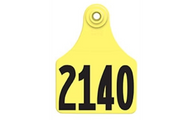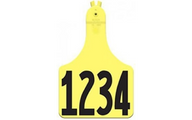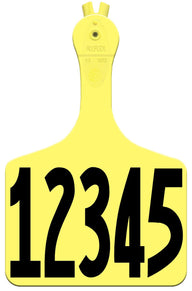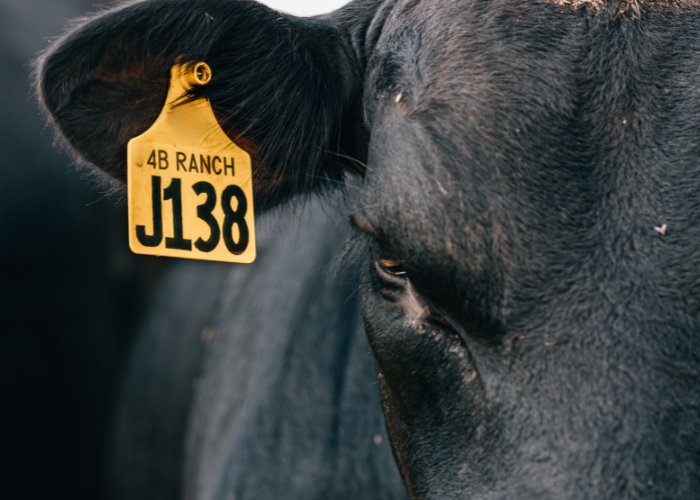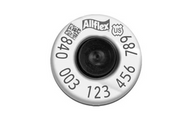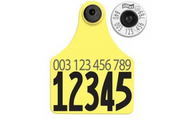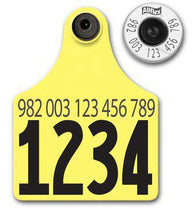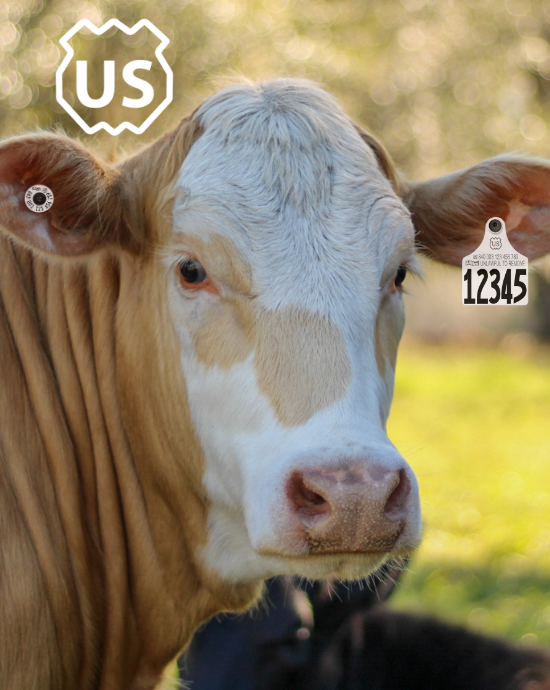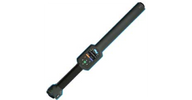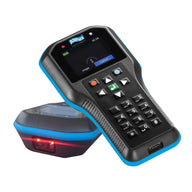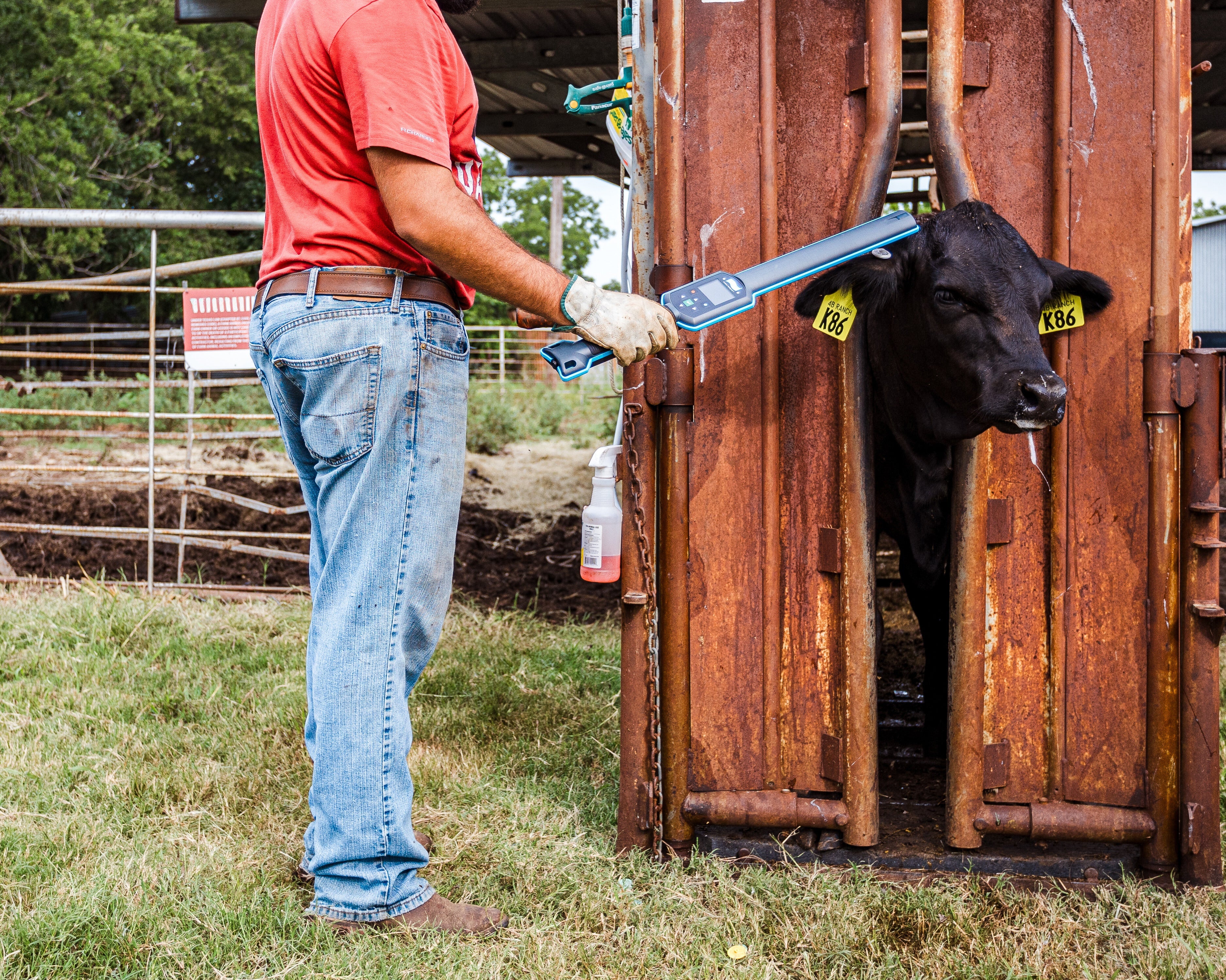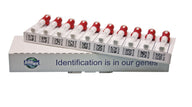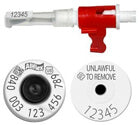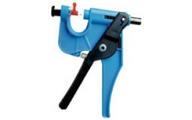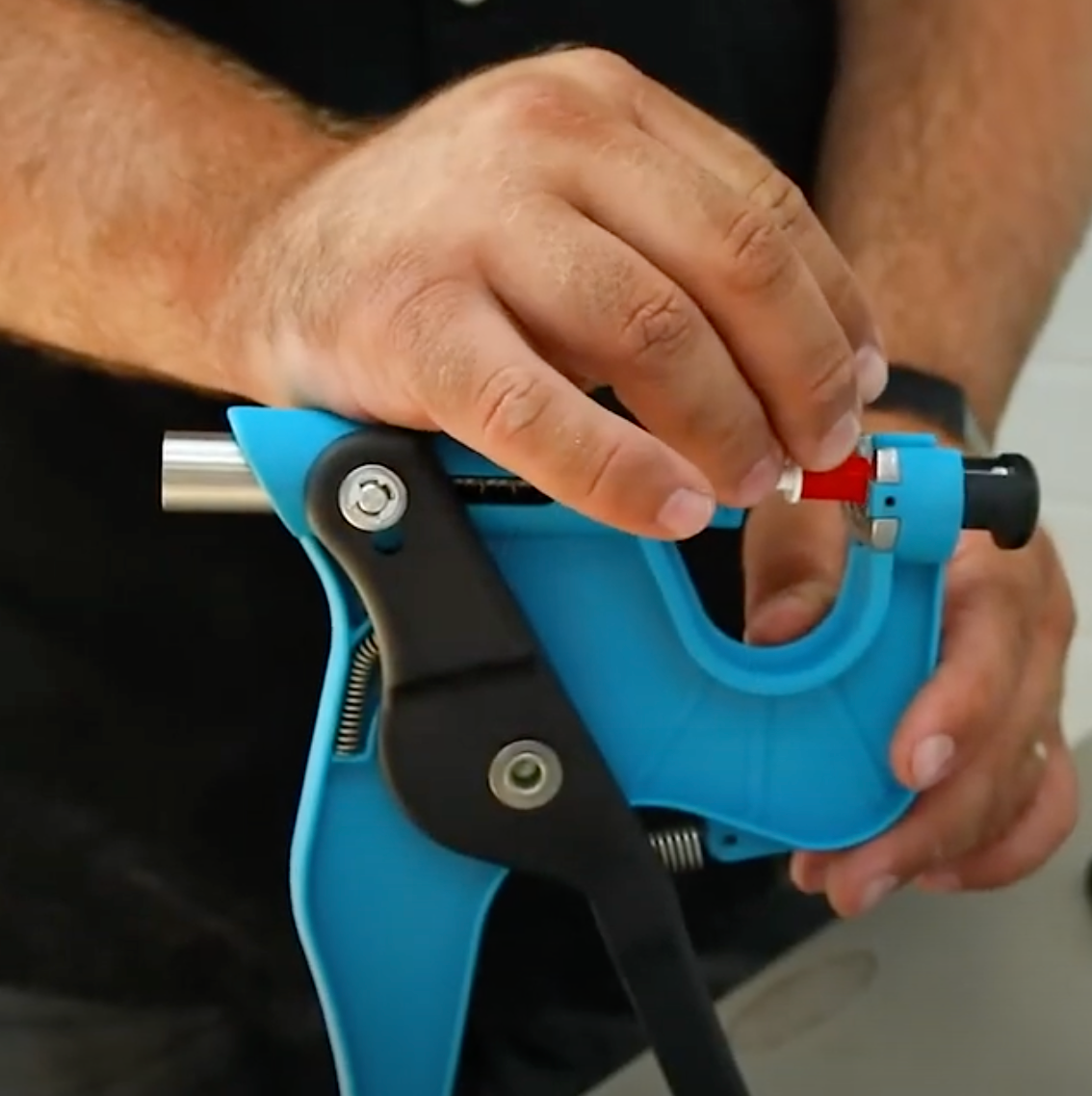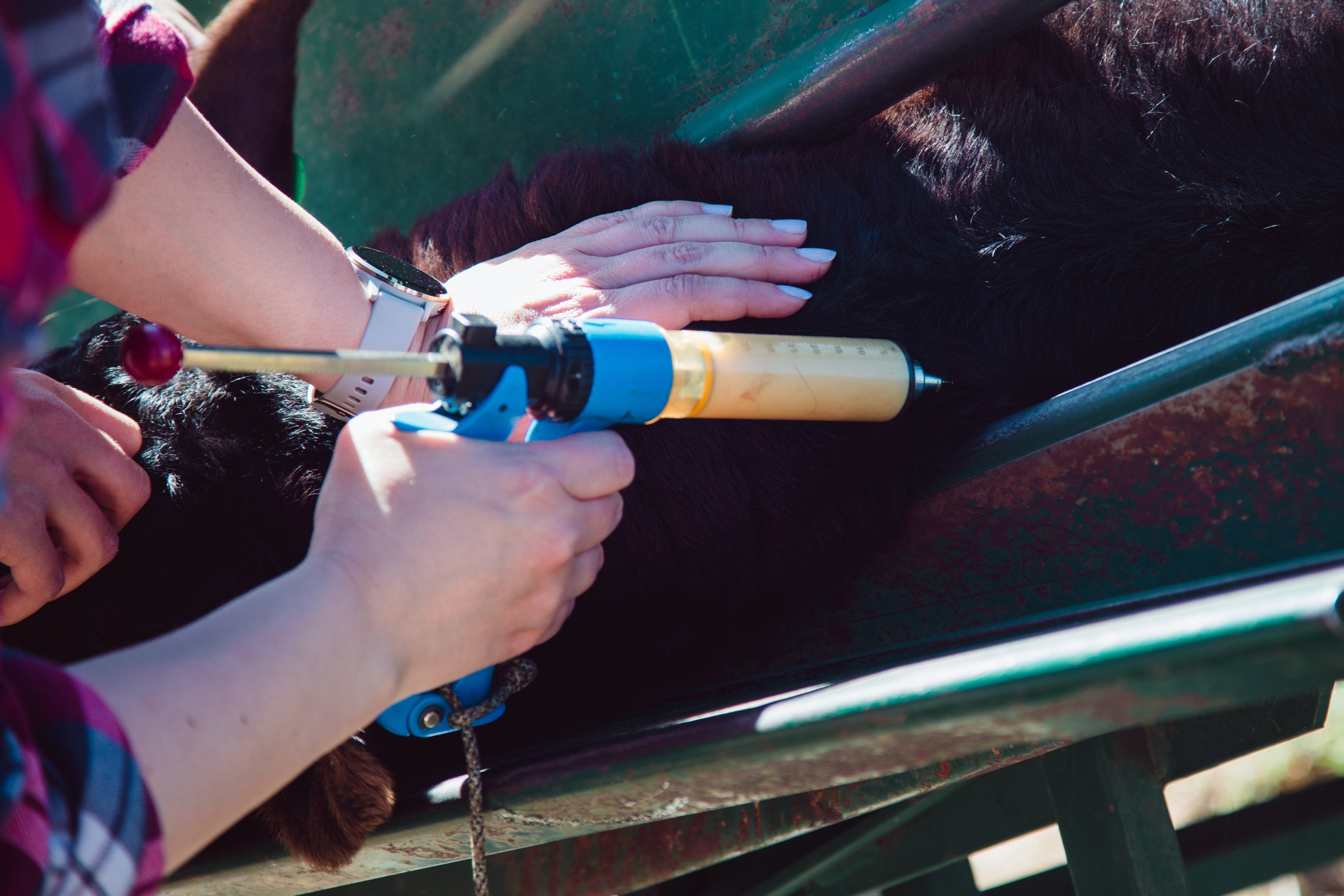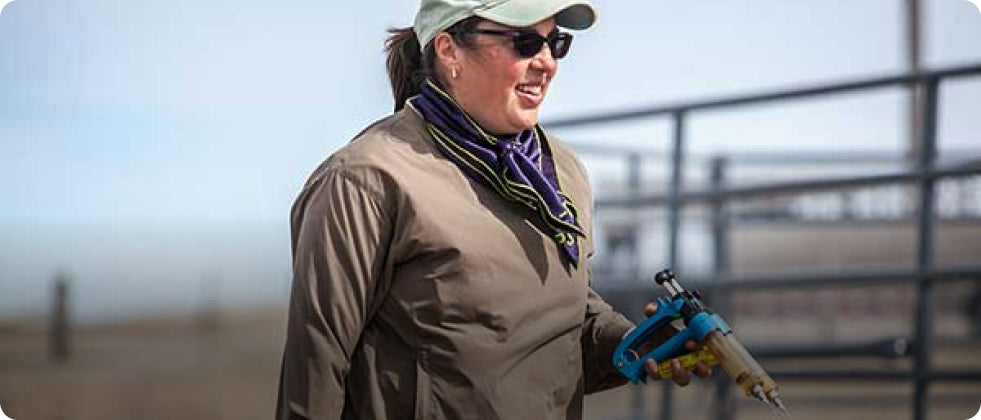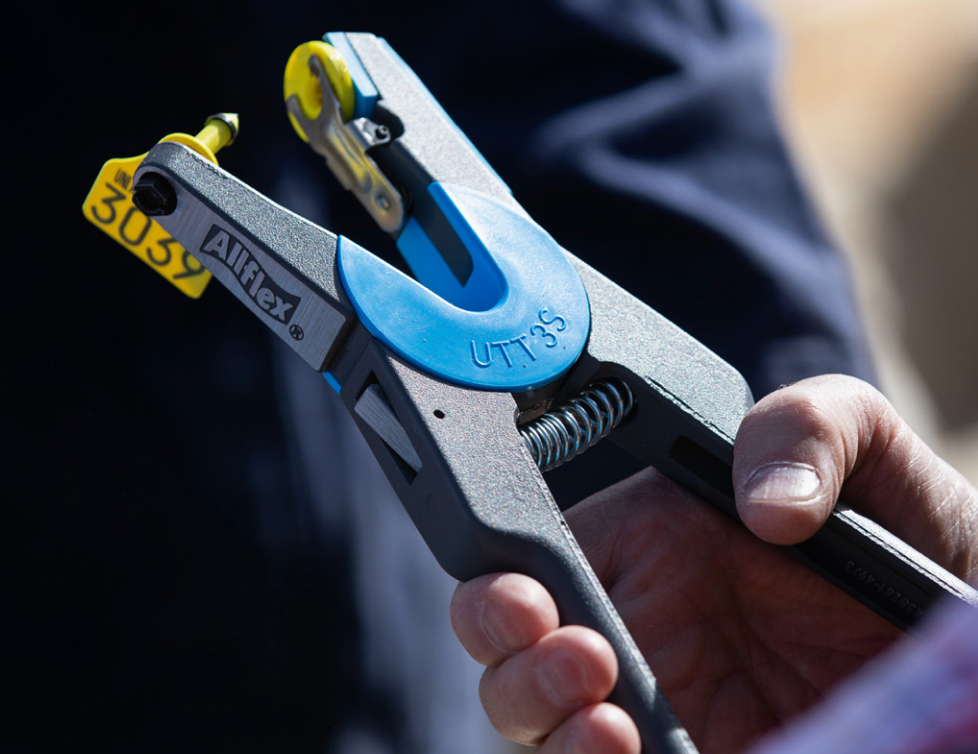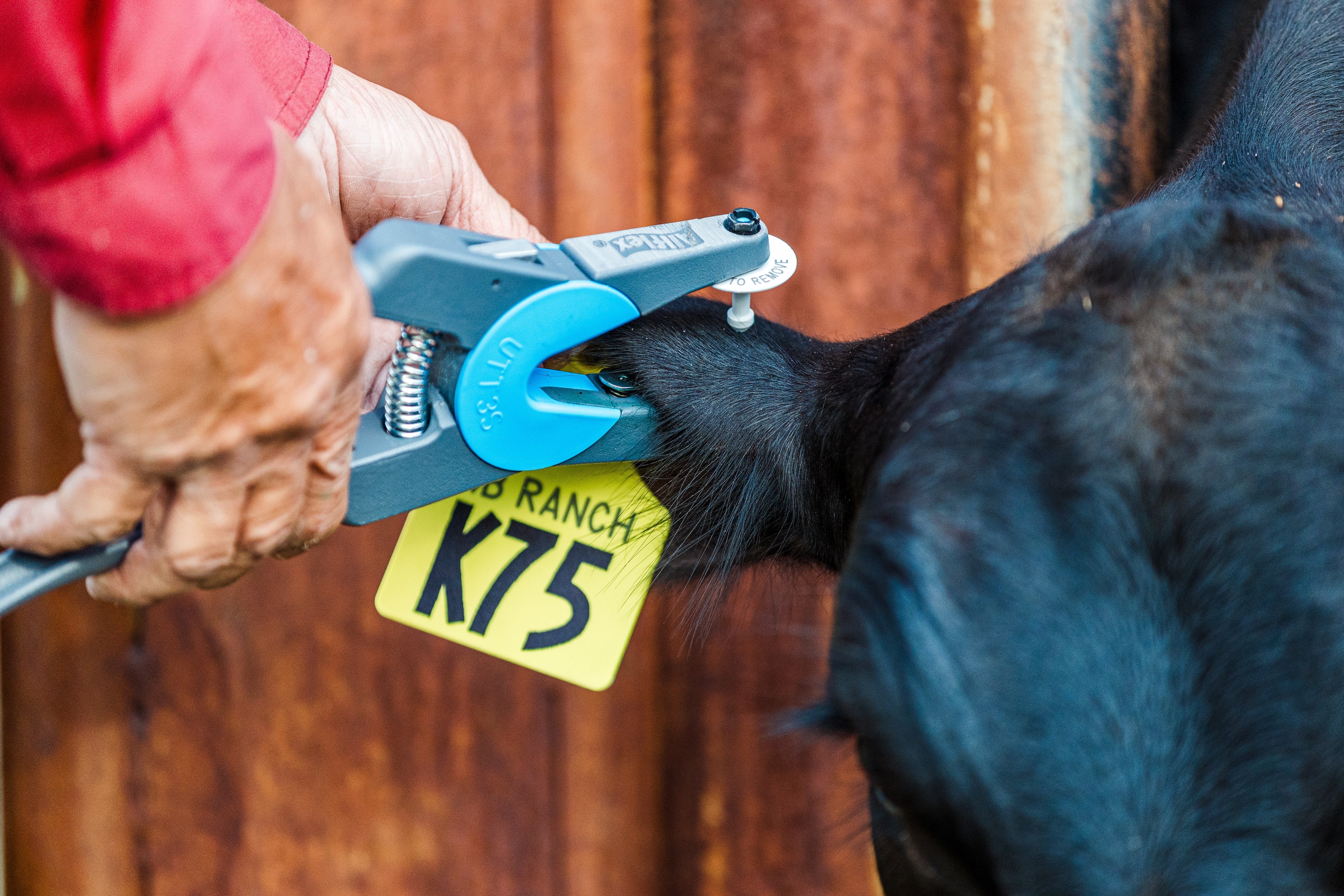Animal Disease Traceability Rule (USDA)
New USDA Ruling Requiring EID Tags for Certain Cattle Crossing State Lines
The United States Department of Agriculture (USDA) has issued a Final Rule, effective November 5, 2024, requiring certain cattle and bison producers who ship animals across state lines to use ear tags that are both visually and electronically readable.
1. What does animal traceability mean?
Animal disease traceability involves understanding the location of diseased and at-risk animals, their movements, and timelines. Knowing this information is crucial for swiftly responding to animal disease incidents. While traceability itself doesn't prevent disease outbreaks, an effective system significantly reduces the number of animals involved in investigations and speeds up response times.
2. What animals are included in this rule?
Applies to the following animals when transported across state lines:
- All sexually intact cattle and bison over 18 months of age;
- All dairy cattle of any age; and
- All cattle or bison of any age used in rodeos, exhibitions, or recreational events.
3. What qualifies official identification with the new rule?
- Ear tags that are both visually and electronically readable;
- Brands registered with a recognized brand inspection authority and accompanied by an official brand inspection certificate (when accepted by State veterinary officials in the sending and receiving States);
- Tattoos acceptable to breed associations for registration (when accepted by State veterinary officials in the sending and receiving States), or
- Group/lot identification number (“GIN”) if managed together as one throughout pre-harvest production chain.
The only major change with the new rule is that that the tag must be visually and electronically readable.
4. What if my animal already has an official visual tag?
Official visual ear tags applied before November 5th, 2024, will be recognized as the official ID for the life of the animal. They’ll be grandfathered in and will not need an EID.
5. What do I need to get started?
Producers will need to obtain a premises identification number (PIN) or location identifier (LID). These unique codes are permanently assigned to a single physical location. A PIN or LID allows animal health officials to quickly and precisely identify where animals are in the event of an animal health or food safety emergency.
You must have a PIN or LID to purchase official electronic animal identification tags.
6. Do I need an EID Reader to comply with this new ruling?
No, an EID reader is not required, but there are numerous advantages associated with using one. EID readers allow for quick and accurate scanning of Electronic ID Tags chuteside, facilitating efficient data collection. They can operate independently or integrate with software and apps, like TagMax, to compile scanned EIDs into lists or display an animal's records.
See our full line of Allflex EID Readers
7. How do I obtain a Premises ID (PIN) or Location Identifier (LID)?
Contacting your State Animal Health Official.
Click here to search for your State Animal Health Official8. Is there a chance this rule will not pass or be delayed?
The Final Rule is scheduled to take effect 180 days after its publication in the Federal Register, on November 5, 2024. Opponents of the rule have indicated they might pursue legal action to prevent it from being implemented; this could potentially alter the effective date.
9. Where can I read this rule?
Read the Final Traceability Rule here.
10. Where can I purchase Electronic ID tags?
CattleTags.com has a variety of Allflex Electronic ID tags that ship directly to your door.
Browse Allflex EID tag options
Other helpful links and sources for the content on this page:
Keep track of each animal and its electronic ID with CattleMax.

